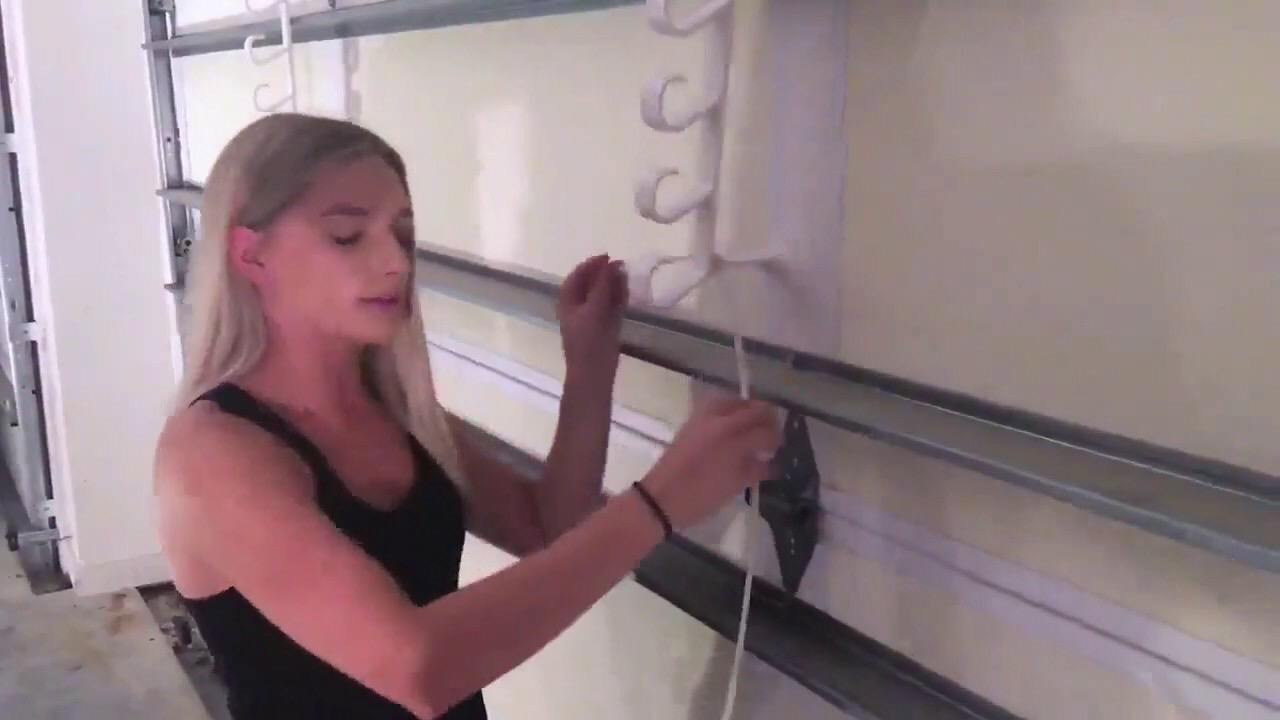
Garage Doors and Parts – Hidden Rod Above Your Garage Door may sound like a minor part of your garage system, but this long tube or shaft plays a critical role in the functionality and safety of your entire garage door. Many homeowners are unaware that this steel rod holds the torsion springs, which are responsible for balancing the massive weight of the door. While it may appear harmless, when damaged or improperly maintained, it becomes a serious safety risk. An unstable shaft can misalign the entire door system, strain the opener, and lead to sudden failures. Unfortunately, most homeowners ignore this component until it’s too late. Regular visual inspections are not enough to detect stress fractures or subtle bends in the rod. Without expert evaluation, the true condition often goes unnoticed. That is why maintenance of the rod should be prioritized along with other visible parts of the garage door system.
The Hidden Rod Above Your Garage Door serves more than just a structural function. This horizontal shaft holds the torsion springs in place and enables them to apply force evenly across the door. When you open or close your garage, this rod rotates slightly to manage the stored energy in the springs. If the rod is bent or worn out, it causes an imbalance, forcing one side of the door to work harder than the other. Over time, this uneven force creates stress on the panels, tracks, and even the opener motor. That added strain can lead to breakdowns or even complete failure. In many homes, the shaft also helps reduce noise by ensuring smooth movement. Despite its hidden location, the shaft should never be neglected. Understanding its mechanical importance helps homeowners appreciate why professional inspections matter. It is not simply a rod—it is the backbone of the garage system.
“Read about: You Won’t Believe What This Simple Garage Door Upgrade Can Do for Your Home’s Value!”
There are several issues that can occur with the shaft or tube, each one capable of creating major problems. Corrosion is common, especially in humid climates or in homes near coastal areas. Rust weakens the rod and may cause cracking or snapping under pressure. Misalignment is another frequent problem, often caused by a shifted bracket or faulty spring installation. When the rod becomes misaligned, the door may begin to stick or tilt. That puts your garage door at risk of collapsing. Another issue arises from the use of low-quality or undersized rods, which are not built to handle the weight of large or insulated doors. These rods bend over time and cause spring tension to fluctuate, leading to unpredictable operation. Homeowners sometimes install aftermarket accessories on the shaft, unknowingly adding dangerous stress. These small changes may seem harmless but can disrupt the delicate balance of your garage door system.
Neglecting the garage door shaft is like ignoring the foundation of your home. It may not be visible at first glance, but its failure could lead to injury or property damage. Technicians check the shaft for warping, looseness, and rust during routine service. Without those checks, small defects go unnoticed until catastrophic failure occurs. Torsion springs rely heavily on the shaft to hold their tension. If the rod gives out, the stored energy in the springs gets released suddenly, which could damage nearby objects or harm someone standing close. Maintenance involves more than just looking at it. Professionals measure the balance of the door, inspect the bearings, and assess whether the shaft rotates evenly. These detailed inspections extend the life of your entire system and prevent expensive repairs. Ignoring the shaft only increases long-term risk. Homeowners should include the rod in seasonal maintenance routines to avoid surprises.
“Read more: Comic‑Con Shock: Authorities Warn of Human Trafficking Surge at Major Events!”
There are several red flags that suggest the garage door shaft needs immediate attention. If you hear grinding or squeaking during operation, that may be a sign of misalignment. Uneven door movement, jerking motions, or difficulty opening could mean the shaft is bent or out of balance. Visual inspection may reveal rust, dents, or warping. If the shaft no longer turns smoothly or the springs appear to shift during use, those are major warning signs. Sudden loud bangs from the garage could also signal a broken shaft or failed spring. In such cases, the entire garage door system should be shut down and assessed by a technician. Ignoring these signs often leads to emergency repairs. Replacing the shaft is not always expensive, but delaying it makes the situation worse. Homeowners should take these symptoms seriously and act quickly before further damage spreads to other components.
This website uses cookies.